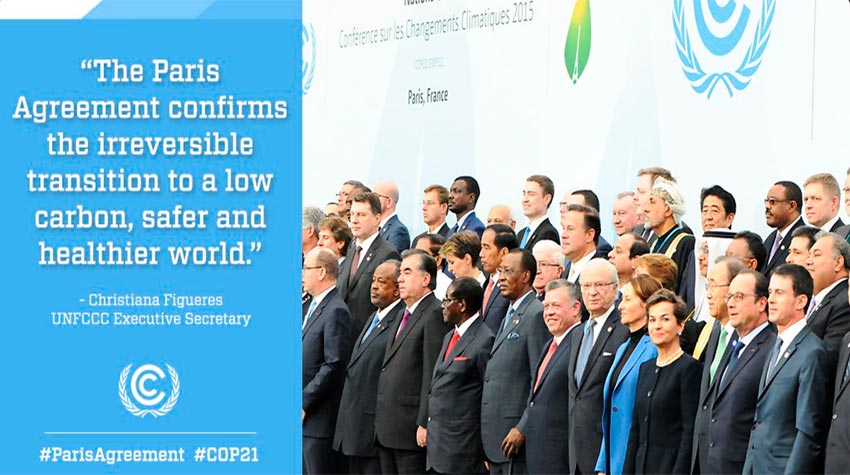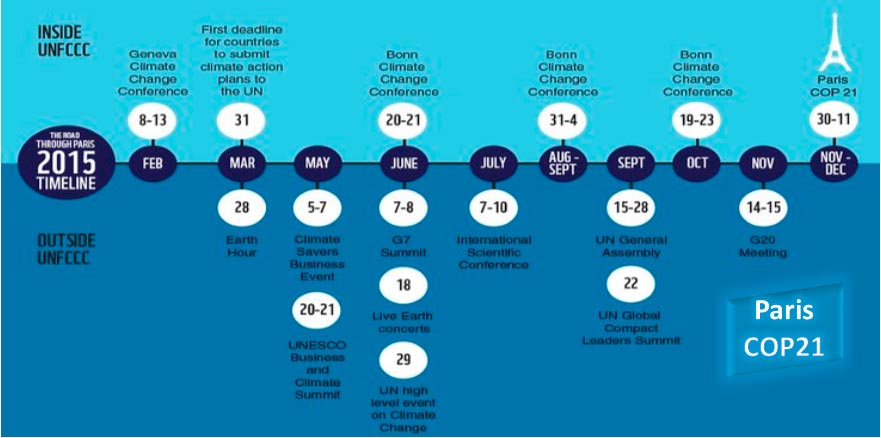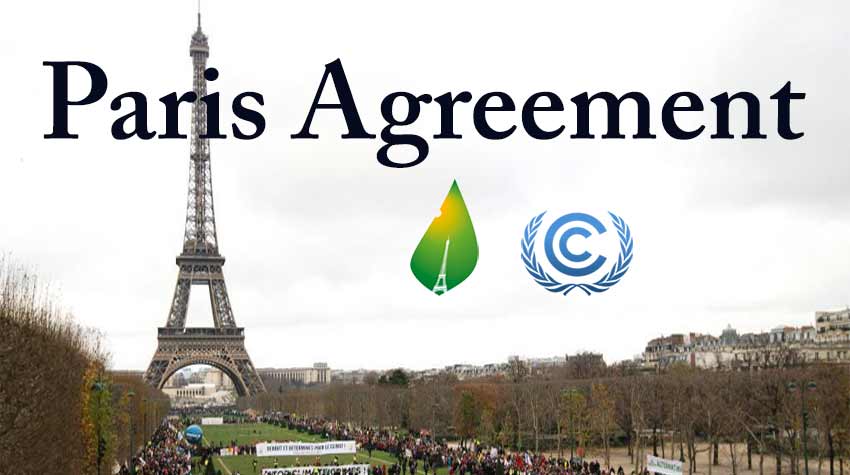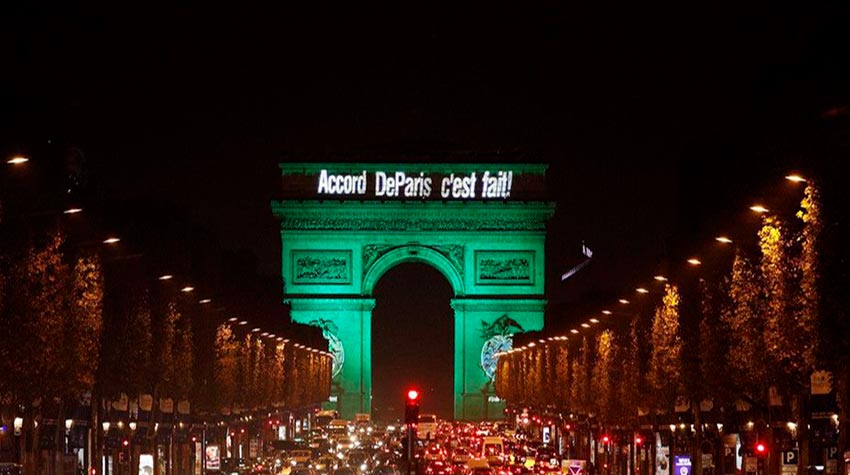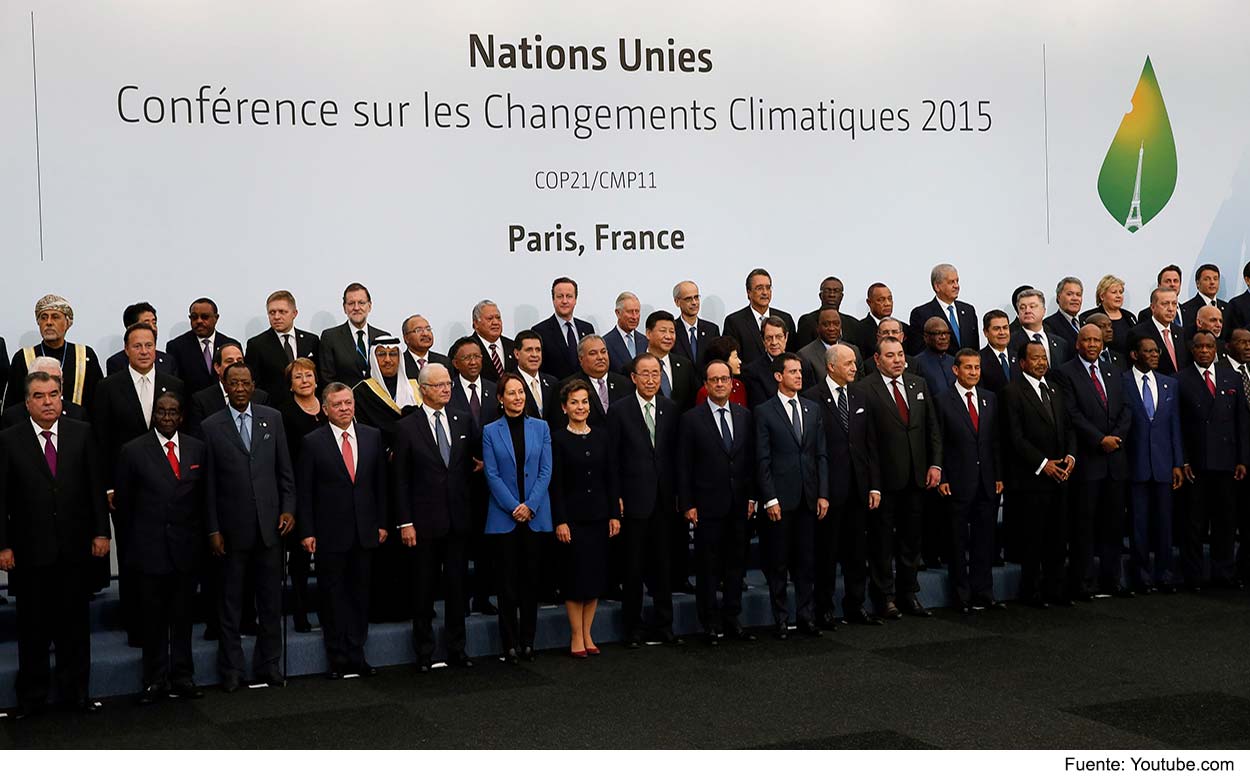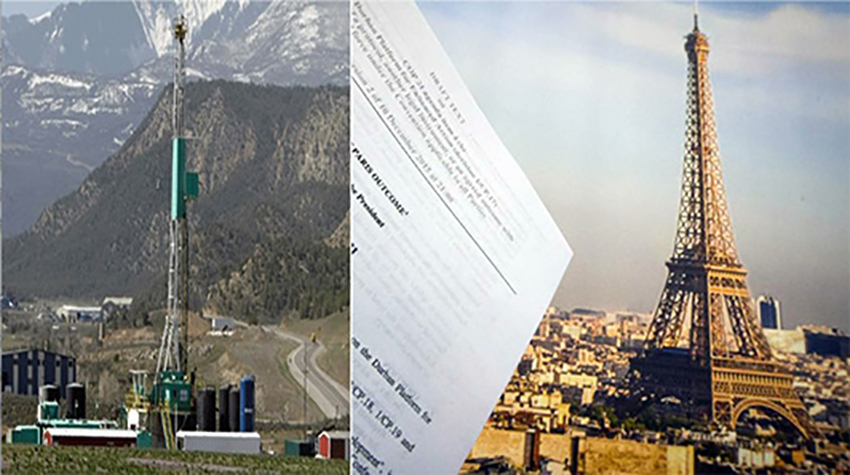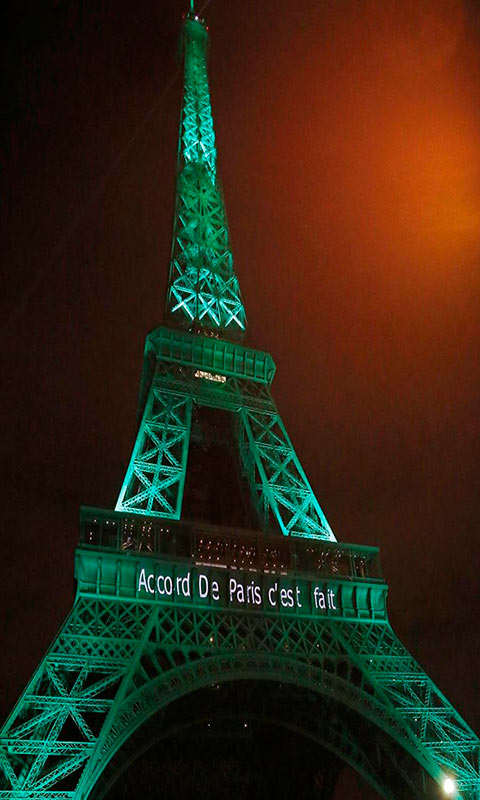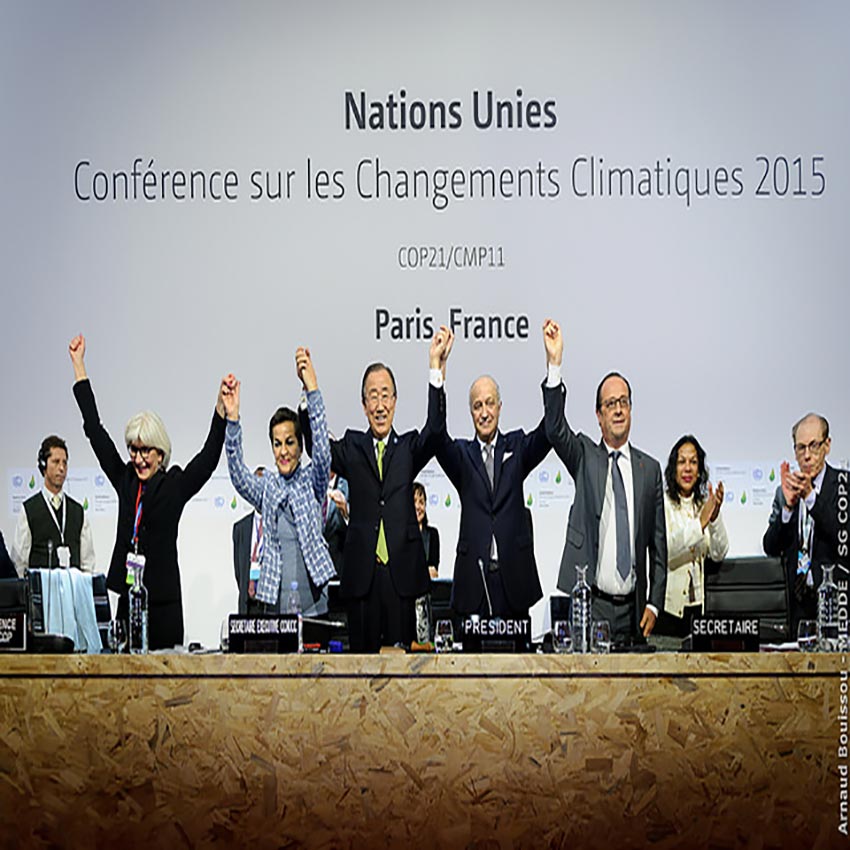FAQs about the Paris Agreement
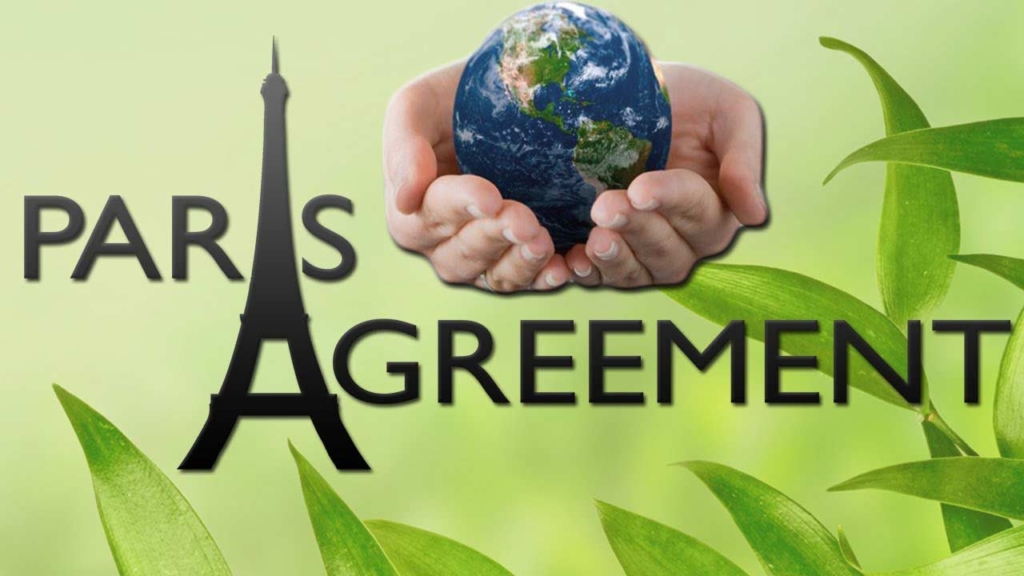
7. What would happen if the goals of the Paris Agreement were not met?
- The goal of limiting the global increase to more than 2 °C would be affected, with the consequent dangers.
- Extinction of species from all kingdoms could occur: animals, plants, algae, fungi, ferns and viruses, all important to maintain the biological balance woven by nature for millions of years.
- Imbalances in food chains may occur.
- There would be major droughts that would affect harvests and famine and hyperinflation would ensue.
- There would be a serious shortage of potable water on a planetary scale.
- The sea level would increase with losses of human and material lives along coasts and low places.
- Floods, hurricanes, tornadoes and other catastrophic weather events could occur.
- The inadequate distribution of rains and other meteorological phenomena would create new deserts in some places and lakes in others where they did not exist before.
Other FAQs about the Paris Agreement
1. What is the Paris Agreement?
2. When will the Paris Agreement come into force?
3. What are the objectives of the Paris Agreement?
4. How do you intend to achieve the objectives of the Paris Agreement?
5. Are the objectives of the Paris Agreement credible?
6. What are the dangers that can affect the Paris Agreement?
7. What would happen if the goals of the Paris Agreement were not met?
8. What is the 2030 Agenda for sustainable development?
9. How will compliance with the Paris Agreement be monitored?
10. Which are the countries that refused to sign the Paris Agreement?
Other sections of the Paris Agreement
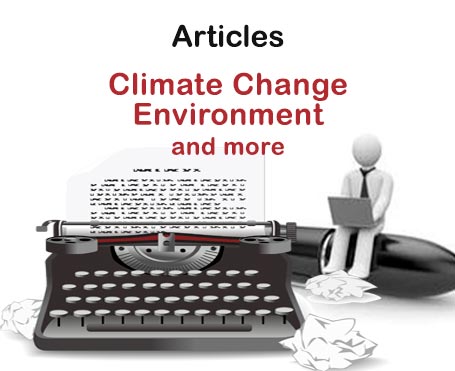
Are the objectives of the Paris Agreement realistic?
Never before had humanity reached an agreement as advanced as that of Paris. Never before has it been so close as now to take concrete action to prevent Global Warming from continuing its increase. It should also be noted that for the first time such terms as those of the Paris Agreement, sponsored by the UN, UNFCCC, were accepted by almost all countries on Earth. However, one issue is the good intentions, the spirit and letter of the agreements and another reality that is observed in practice, as has been seen in the past, whose most regrettable exponent was the failure of the Kyoto Protocol…

Never had an agreement like that of Paris been obtained
The Paris Agreement is an ambitious global agreement to combat climate change, negotiated during COP21, Paris 2015, Twenty-first Conference of the Parties, on climate change. The ground-breaking document has been adopted by 197 countries and officially signed on April 22, 2016, Earth Day, and will come into force in 2020. It is planned to limit the increase in global temperature to 2 ° C, to Starting from the pre-industrial era, through the reduction of greenhouse gas (GHG) emissions, caused by fossil fuels such as oil, gas and coal, among others…

